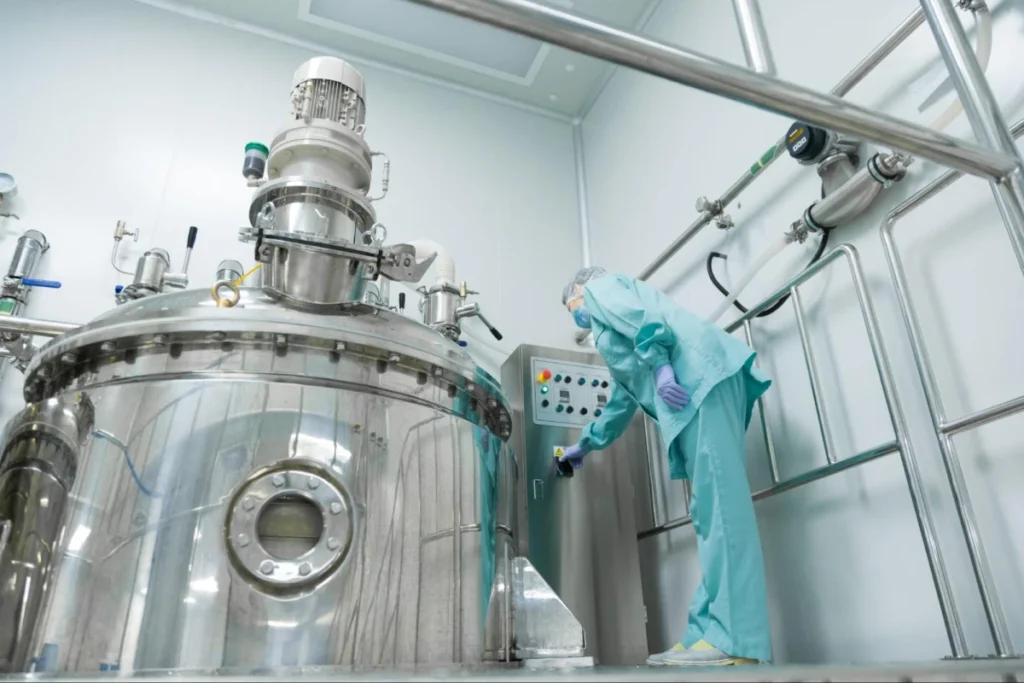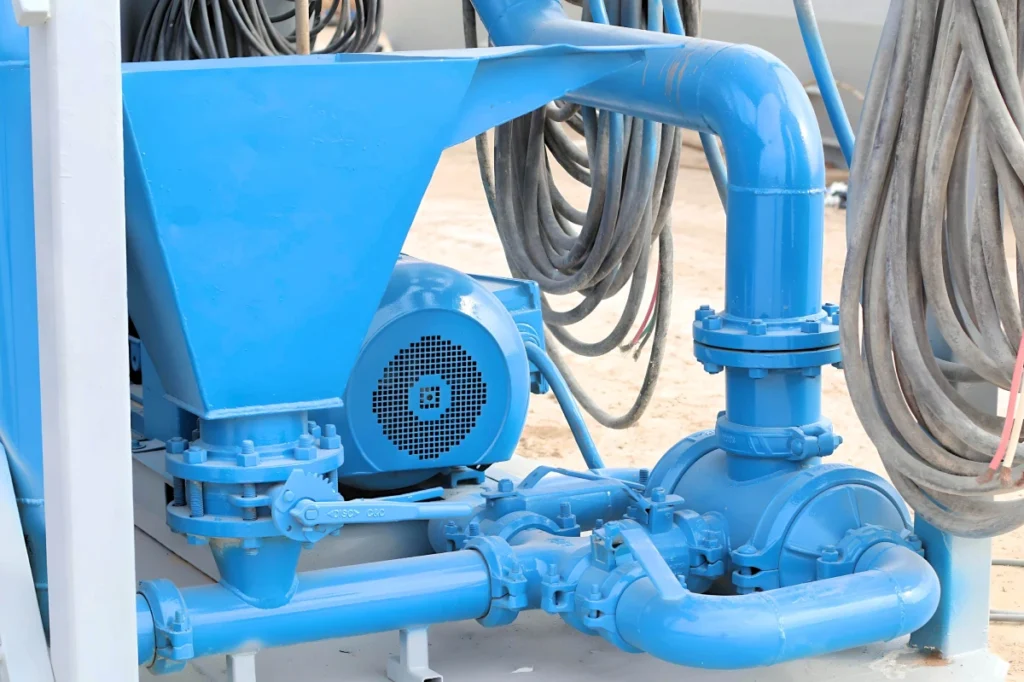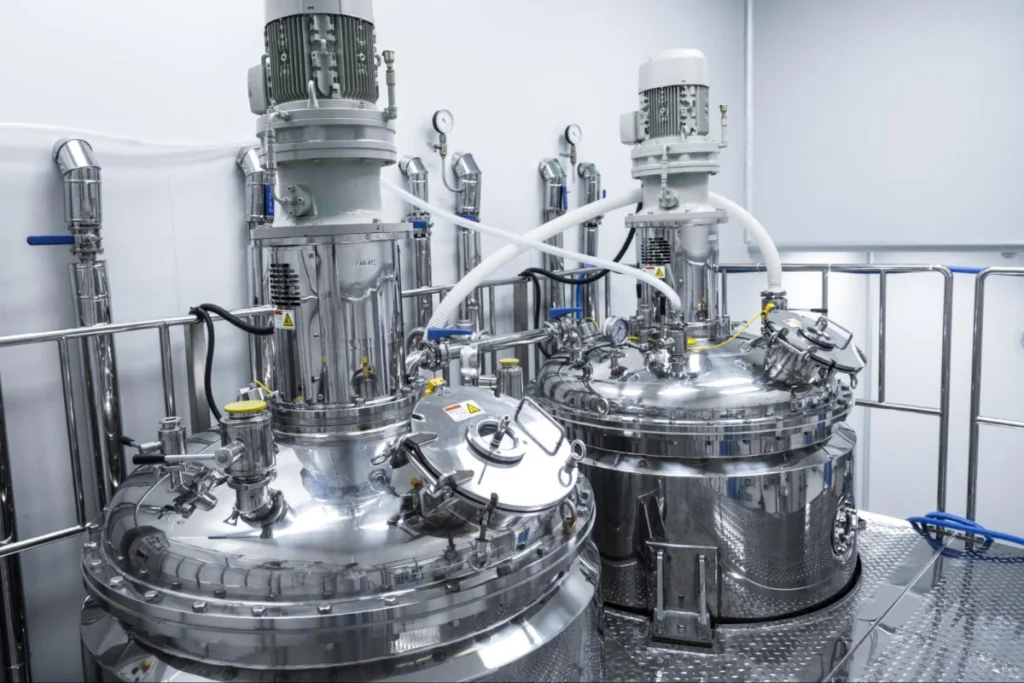Choosing the right pharmaceutical grade mixer for API and buffer production is vital. Buffer preparation and distribution stand as basic operations in biotherapeutic production. Getting a complete mixing process done within acceptable time limits creates challenges. Your process might fail if power input falls short. Your process might fail if power input falls short.
Your mixing equipment needs careful review for proper fluid management in biopharmaceutical operations. Bag sizes range from 20 to 2,000 L, and mixers come in many types. The quality and efficiency of your production depends on your choice. You need efficient mixing, sterilization, and fluid transfer to maintain consistency and avoid contamination. Buffer filtration protects chromatography columns and gives you endotoxin-free final products.
This piece gives you the knowledge to review sterile mixers based on batch consistency, CIP/SIP compatibility, and compliance with USP Class VI and GMP requirements. You’ll find how mixer designs shape your production processes. Features like no-blade technology and clean-in-place capabilities are reshaping the scene in pharmaceutical mixing operations.
Understanding Sterile Mixing Requirements
Why sterile mixing matters in API and buffer production
Key regulatory standards: USP Class VI and GMP
The United States Pharmacopeia (USP) sets modern standards to protect medicine quality and other healthcare technologies. Pharmaceutical grade mixers must comply with these non-negotiable standards:
- USP Class VI certification – Required for components that contact pharmaceutical products, including sanitary pumps, diaphragm valves, and single-use process components
- Good Manufacturing Practice (GMP) – Enforced by FDA regulations (21 CFR parts 210 and 211) to manufacture sterile drug products
The role of fluid management in biopharmaceutical processes
Fluid management plays a vital role in both upstream and downstream bioprocessing applications. A solid bioprocessing fluid management plan depends on many factors, from facility design to equipment selection.
Biomanufacturing operations need sterile or aseptic conditions to meet or exceed bioburden specifications, a vital part of cGMP. Traditional stainless steel systems need cleaning-in-place (CIP) and sterilize-in-place (SIP) operations. These systems require proper validation before any contact with process liquids.
Single-use fluid management solutions boost efficiency and productivity while reducing supply chain disruptions. These standardized solutions free up resources that were tied to cleaning and sterilization phases. This leads to more affordable and flexible operations.
Types of Mixers in the Pharmaceutical Industry
Top-entry mixers
Top-entry mixers are the workhorses of pharmaceutical manufacturing. As reliable powder mixing machines, they provide uniform distribution of active pharmaceutical ingredients (APIs) with excipients. These versatile units blend powders or liquids properly while maintaining accurate dosing of medicinal compounds.
They excel at challenging industrial and sanitary mixing tasks that must meet strict standards. Their design creates product homogeneity and satisfies regulatory requirements needed for pharmaceutical manufacturing.
Magnetic mixers
Magnetic mixers are great because of their seal-less design. Traditional mixers need mechanical seals, but magnetic coupled mixers have no physical shaft penetration into process tanks. This removes any chance of seal failure, a common weakness in traditional mixers that can break sterility.
These mixers were first developed over 30 years ago for the pharmaceutical industry. They handle low and medium shear liquid mixing when you need high isolation and containment.
Wave mixers
Wave mixers use a unique rocking motion to create waves in the culture fluid for better mixing and gas transfer. The WAVE Bioreactor system uses presterilized, single-use Cellbag bioreactors that need no cleaning and minimal validation. They come ready to use.
This approach gives you key benefits.
- Eliminates cross-contamination risk
- Requires no cleaning or sterilization
- Suitable for cGMP commercial production
Impeller-Based and High Shear Mixers
No-blade mixers like AquaShear
How mixer type affects batch consistency

Key Criteria for Choosing a Pharmaceutical Grade Mixer
1. Compatibility with CIP/SIP systems
2. Material compliance and validation (USP Class VI)
3. Scalability and batch size flexibility
4. Mixing efficiency and homogeneity
5. Integration with single-use systems
6. Ease of cleaning and maintenance

Evaluating AquaShear and Other Advanced Mixers
How AquaShear's no-blade design reduces contamination risk
Benefits of clean-in-place (CIP) design
Modern CIP systems in pharmaceutical mixers give you several advantages:
- Automated processes reduce human error risks in cleaning
- Regular cleaning schedules boost machine reliability
- Complete cleaning of mixing chambers without taking them apart
- Cleaning cycles finish in just 5-10 minutes
Comparing AquaShear with traditional impeller mixers
AquaShear mixers need only 15 minutes of maintenance every quarter, unlike conventional impeller systems. Field tests show remarkable improvements:
- Blend times drop from six hours to 45 minutes
- Chemical usage decreases by 52% with ROI in under nine months
- No more sludge buildup at tank bottoms
- Instant hydration and dispersion
Use cases in buffer and API production
Cost and operational efficiency considerations
The system’s benefits go beyond the purchase price:
- Standard Victaulic or ANSI flanges make installation quick – under four hours
- Maintenance takes just 15 minutes every quarter
- No downtime from mechanical failures
- Lower cleaning and validation costs
Most facilities see ROI within nine months after implementation. The numbers speak for themselves.

Conclusion
Choosing the right sterile mixer is crucial to pharmaceutical manufacturing success. The proper mixing process impacts product quality, regulatory compliance, and operational efficiency. With features like CIP/SIP compatibility, USP Class VI material compliance, and the rise of advanced no-blade systems such as AquaShear, today’s mixers offer significant improvements in consistency, safety, and reliability.
Your choice of mixing tank affects every stage of production, from contamination control to batch uniformity. Scalable, low-maintenance systems reduce downtime, cut operational costs, and adapt as your facility grows. Investing in the right pharmaceutical grade mixer today positions your operations for long-term compliance, efficiency, and performance. Request a quote for your mixer today.

